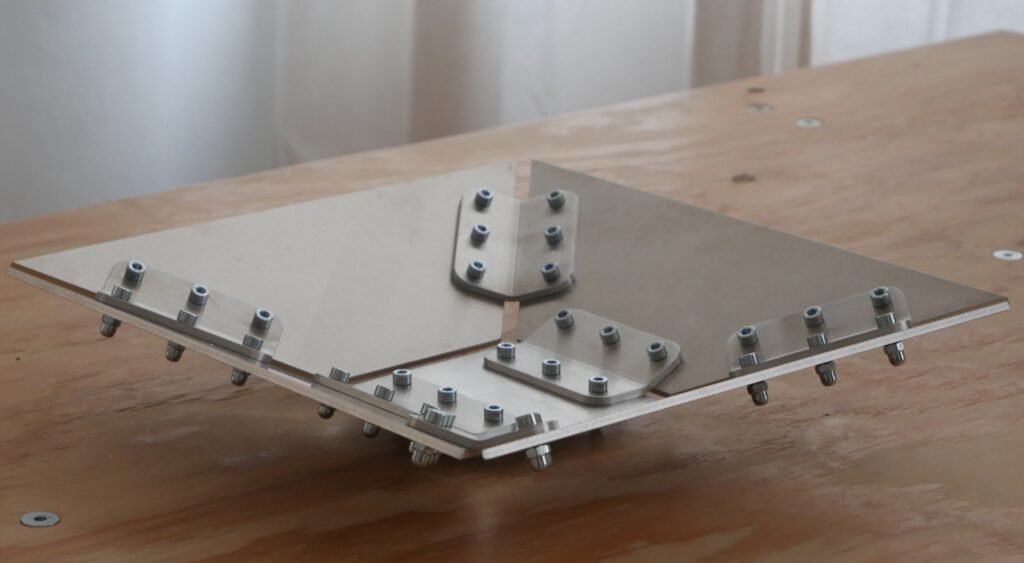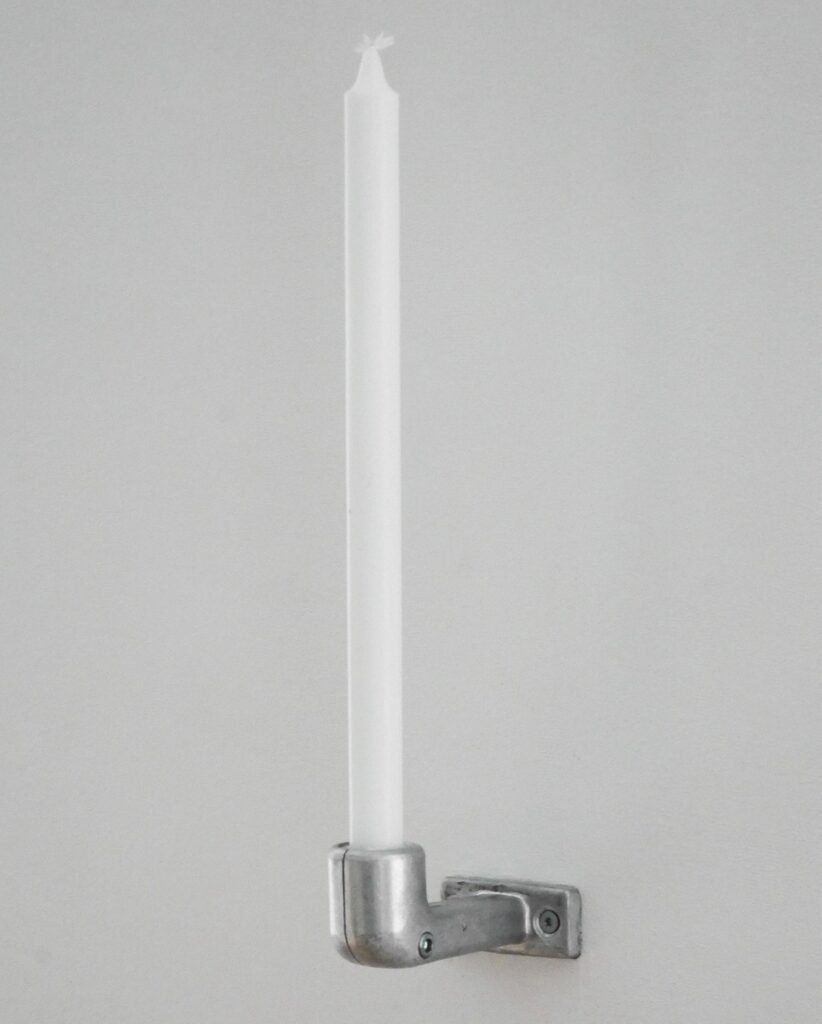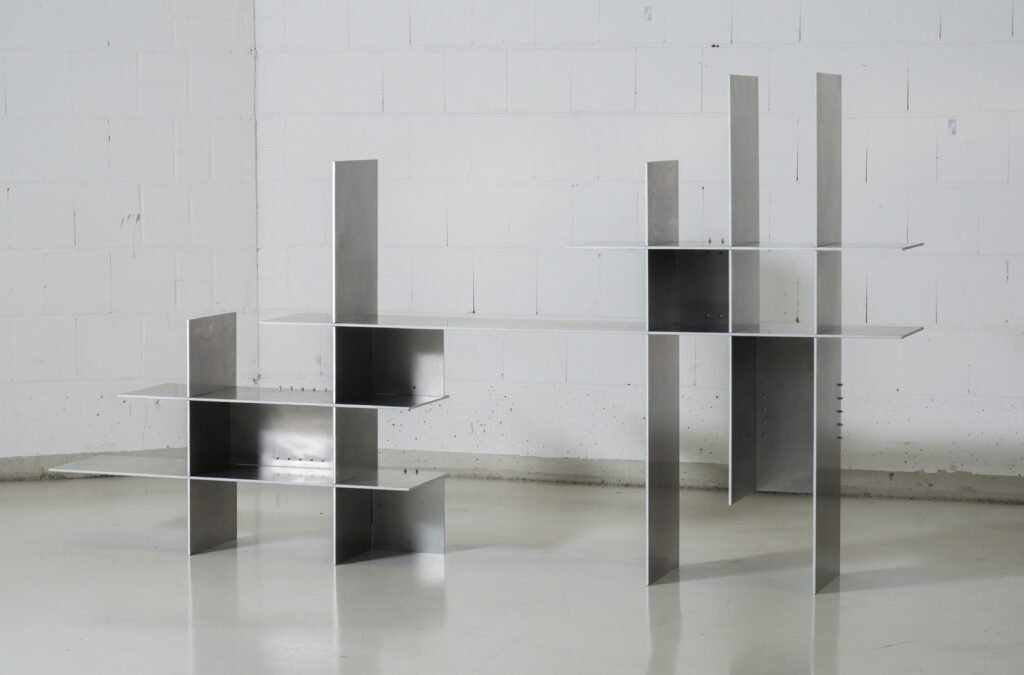Conceptual Object Design
by Julius Esser
Oct 15, 2025
Julius Esser is a German designer whose work moves between product design, objects and spatial installations. His approach is rooted in close observation of the everyday. He finds inspiration in what is usually overlooked and transforms it into something thoughtful and precise. Esser describes this ongoing theme as Copy of the Everyday, a design principle that reflects his interest in reinterpreting the familiar through abstraction, material and form.

After completing his studies in Product Design at FH Aachen, Esser is now pursuing Architecture at the Academy of Fine Arts in Vienna. His work combines clarity with experimentation and reflects a deep understanding of material. Instead of focusing on perfection or decoration, he explores tension and emotion in design. Each of his projects plays with contrasts such as function and concept, simplicity and complexity, comfort and unease.
His bachelor project Ecosystems shows how he transforms ideas into tangible form. The collection takes inspiration from the African savannah and translates its systems and structures into a family of interconnected furniture and objects. Each piece represents a different aspect of this environment. The Gazelle Lounger, for instance, captures the dynamic energy of movement within a sculptural aluminum frame and a stretched textile seat. Every visible joint and surface detail adds to a sense of balance and rhythm. Together, the pieces form a coherent installation that feels both functional and poetic.


In Distorted Dystopia, a collaboration with designer Isabella Gros, Esser explores the visual and emotional language of dystopia. The series reflects on the relationship between attraction and discomfort. The materials are cool, the tones subdued, and the objects question their own usefulness. A mirror reflects only light instead of an image, a chair loses its stability, and familiar forms become unsettling. The collection creates a space where beauty and strangeness coexist and where design becomes an emotional experience.

Other works such as the Aluminium Objects and the Wall Vase and Candle Holder continue his investigation of context and transformation. Everyday industrial parts and found materials are reimagined as domestic objects. With small but deliberate changes, Esser shifts their meaning. A metal clamp becomes a bowl, a wall mount becomes a vase. These objects invite a slower form of looking, one that values texture, proportion and intention over novelty.


Across all of his projects runs a strong sense of coherence and restraint. Esser’s work is not loud or decorative, but quietly confident. He values process over production and meaning over trend. His attention to detail, combined with a clear visual language, gives his objects an almost architectural quality. Exhibited at Galerie Zippenfenig in Vienna and Platte Berlin, his work resonates with a growing audience interested in contemporary design that feels honest and grounded.


Julius Esser’s design philosophy is ultimately about perception. It asks how the ordinary can be seen differently and how design can change the way we notice our surroundings. His objects stand quietly yet with presence, turning observation into form and simplicity into meaning.